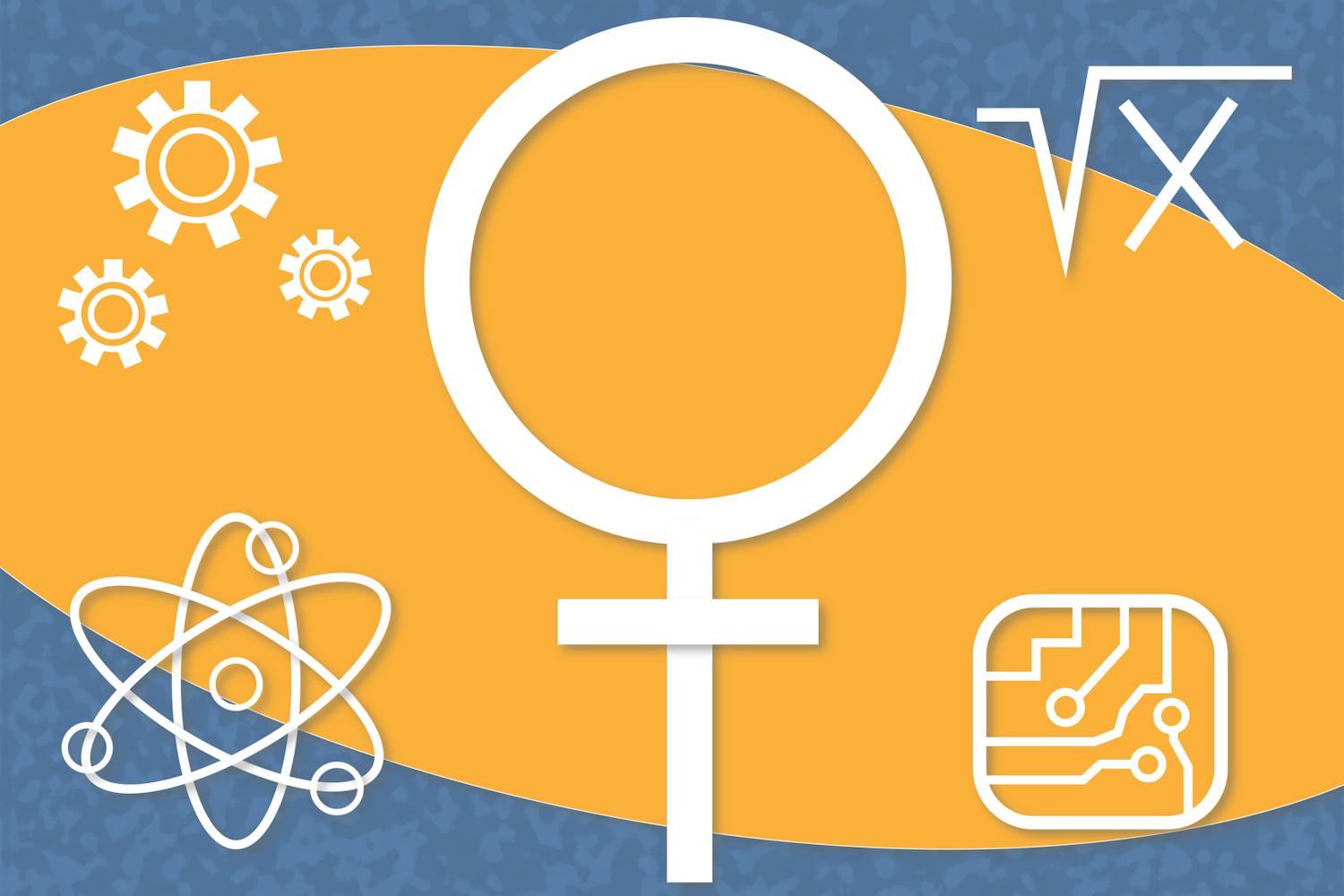The "Extinctions: Tragedy to Opportunity" lecture Saturday called upon field experts to explore whether or not humans are in the midst of a 6th extinction on Earth. The event was hosted by Lawrence Krauss, director of the Origins Project, and featured five individual presenters and one virtual presenter.
“What survives isn’t always what is best,” Krauss said. “What survives is what can deal with natural selection.”
The Earth and extinction have been working together since dinosaurs roamed the planet. Today, it is recorded that 99 percent of all species that ever lived are extinct. All of our ancestors, like the Neanderthals, are no longer in existence. Therefore, human beings can question the remaining duration of their existence. The main difference between human and animal extinction is humans would be aware of what is happening to them.
Events of extinction include volcanic eruption and nuclear war, but Lindy Elkins-Tanton, planetary scientist, said the emissions of human kind also impact our existence.
These emissions include anything that changes the chemistry of the atmosphere, such as chemicals that deplete the ozone layer. This is a time for creative opportunity because we have the means and technology to fix this problem, but society lacks the self-confidence to do so, Elkins-Tanton said.
Author Diane Ackerman remained optimistic about the future of human kind.
She said that technological revolutions adapt human beings to their surroundings and in turn, shape behaviors and understandings with the environment. An example of this is excessive texting creating a genetic enlargement of thumbs.
“Complex problems require complex solutions,” she said.
There are extinctions of biological species, as well as social and economic systems. The changes in social systems modify the brain in order for it to co-evolve.
“Extinction is a normal process of biological evolution,” ASU President Michael Crow said.
He said opportunity lies ahead in school environments with the extinction of previous social systems.
Paleoanthropologist Ian Tattersall said that homo sapiens’ intolerance for competition is keeping them alive. History shows that humans attempt to dominate all species that differ from their own. They are successful in this because of their ability to process information and adapt to new notions of the world, which other species are unable to do.
Author and sequencer of the Neanderthal genome Svante Paabo said this is part of the process called adaptive introgression, where a small portion of human DNA could be linked to the Neanderthal genome sequence. He said this genome sequence maintains functional contributions to humans such as transplantation of antibody generators, skin and hair strength, metabolism, and has allowed humans to progress genetically and physically,
The event concluded that there are distinguishable good and bad extinctions. If dinosaurs still roamed the Earth, Congress would have to add “stop Tyrannosaurus Rex from tearing faces off” to the federal budget. It is a process that is often depressing, but contributes to evolution.
One thing to take away from the discussion was that humans have the capabilities and opportunity to curb extinction like no other species has before.
“Don’t think for a moment that we are going extinct,” Ackerman said.
Reach the reporter at randrew3@asu.edu or follow @rachelandrewss on Twitter.
Like The State Press on Facebook and follow @statepress on Twitter.



